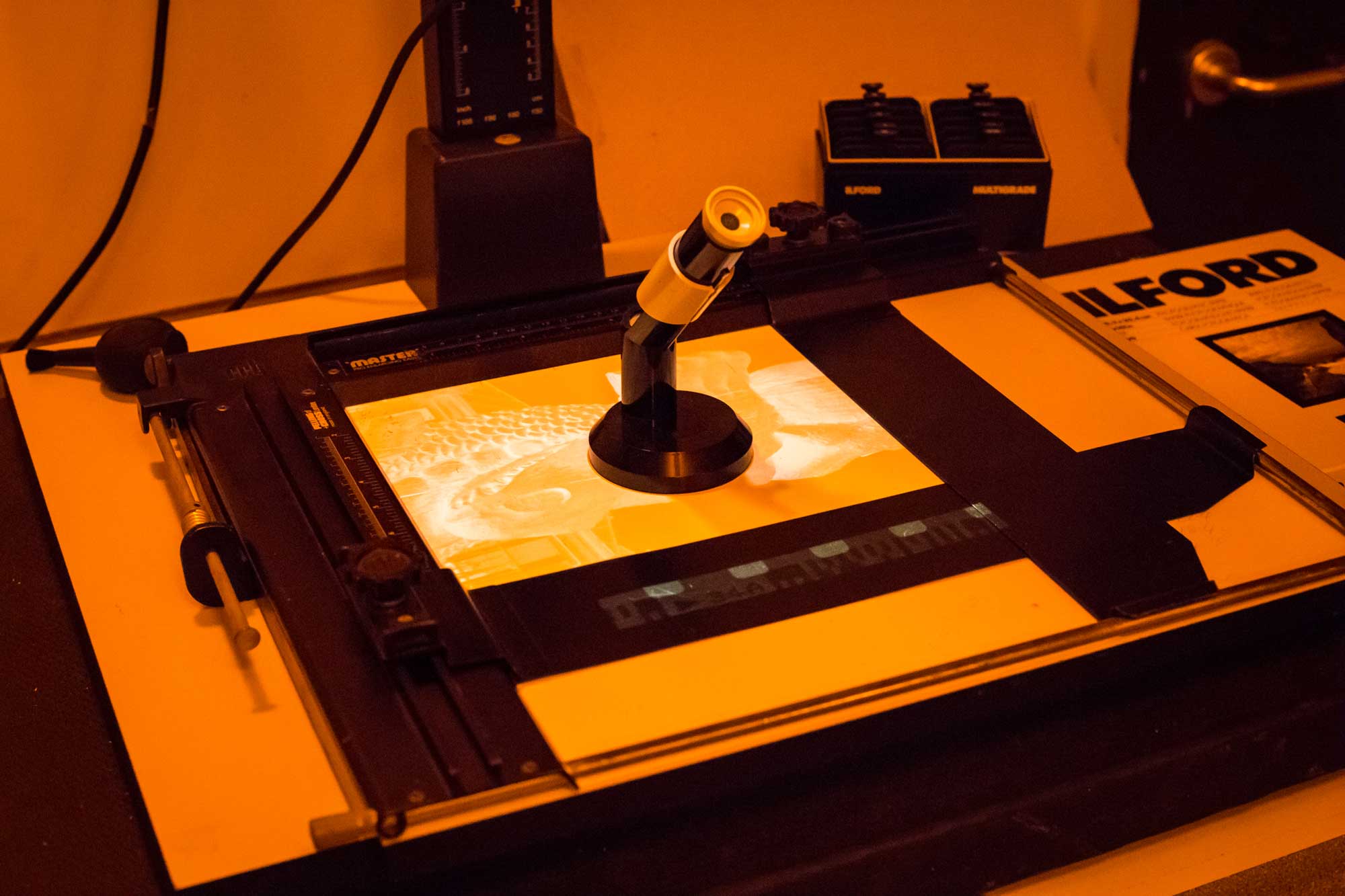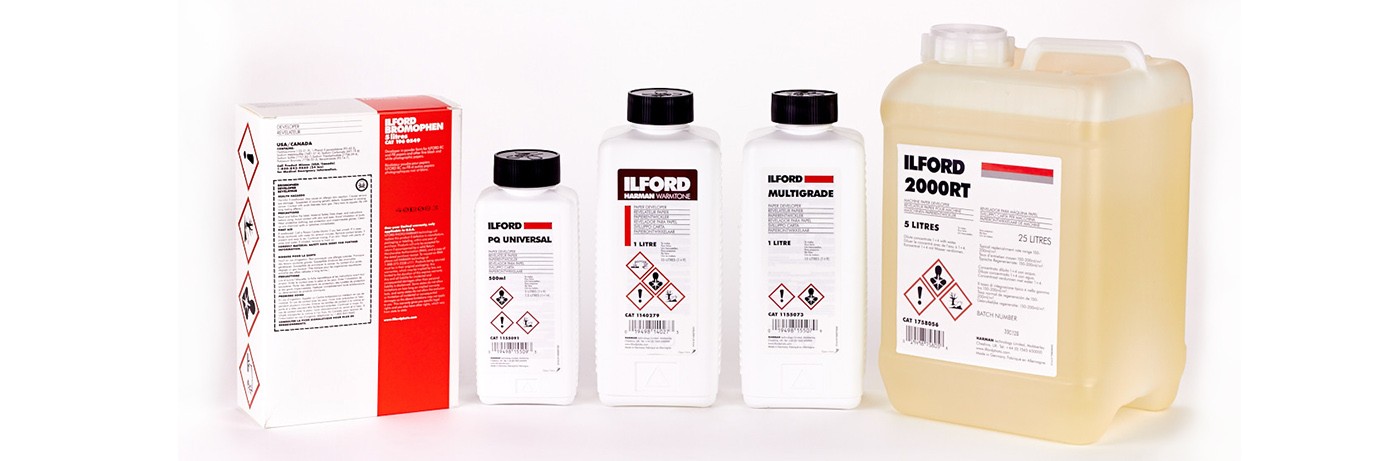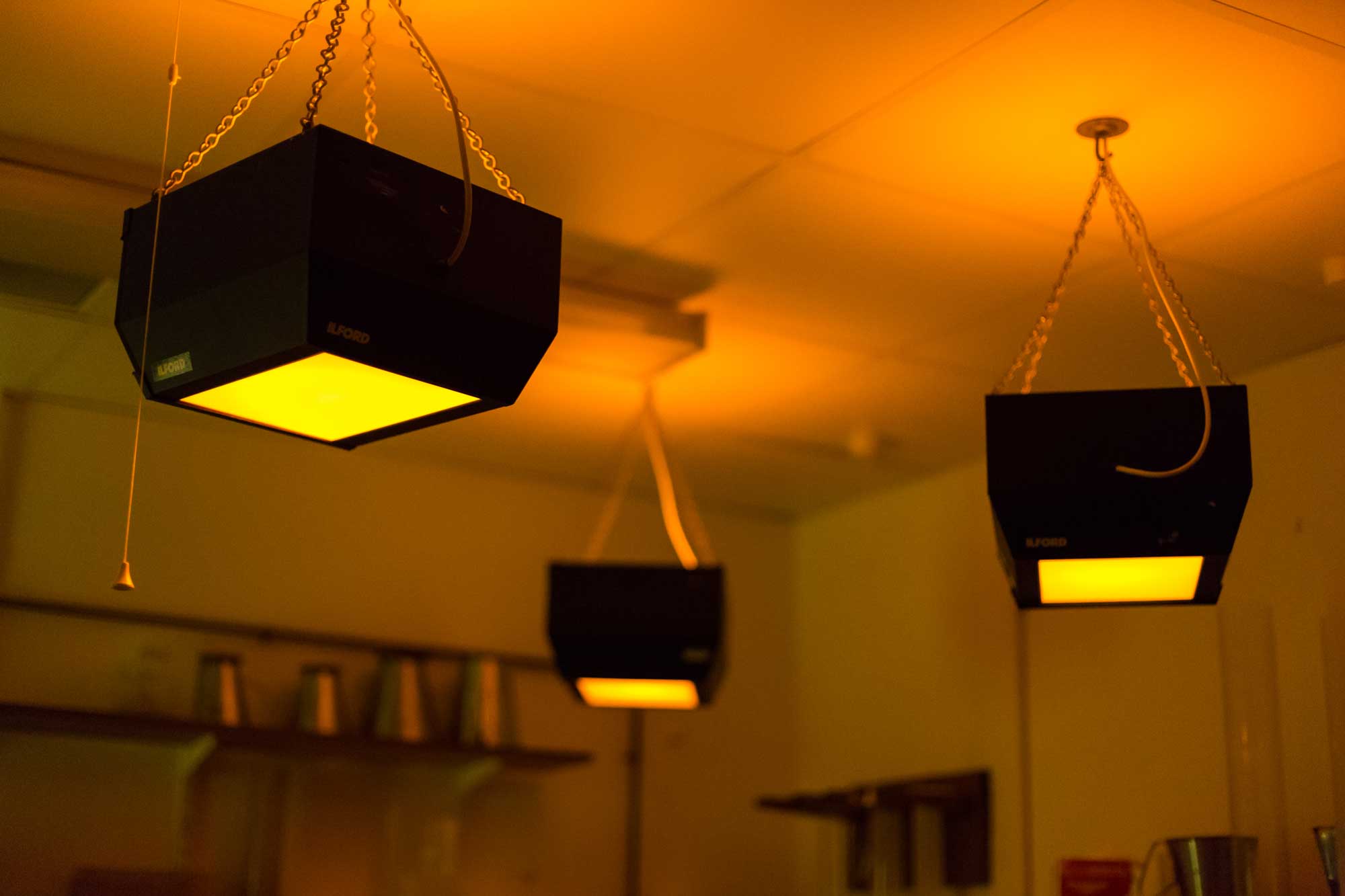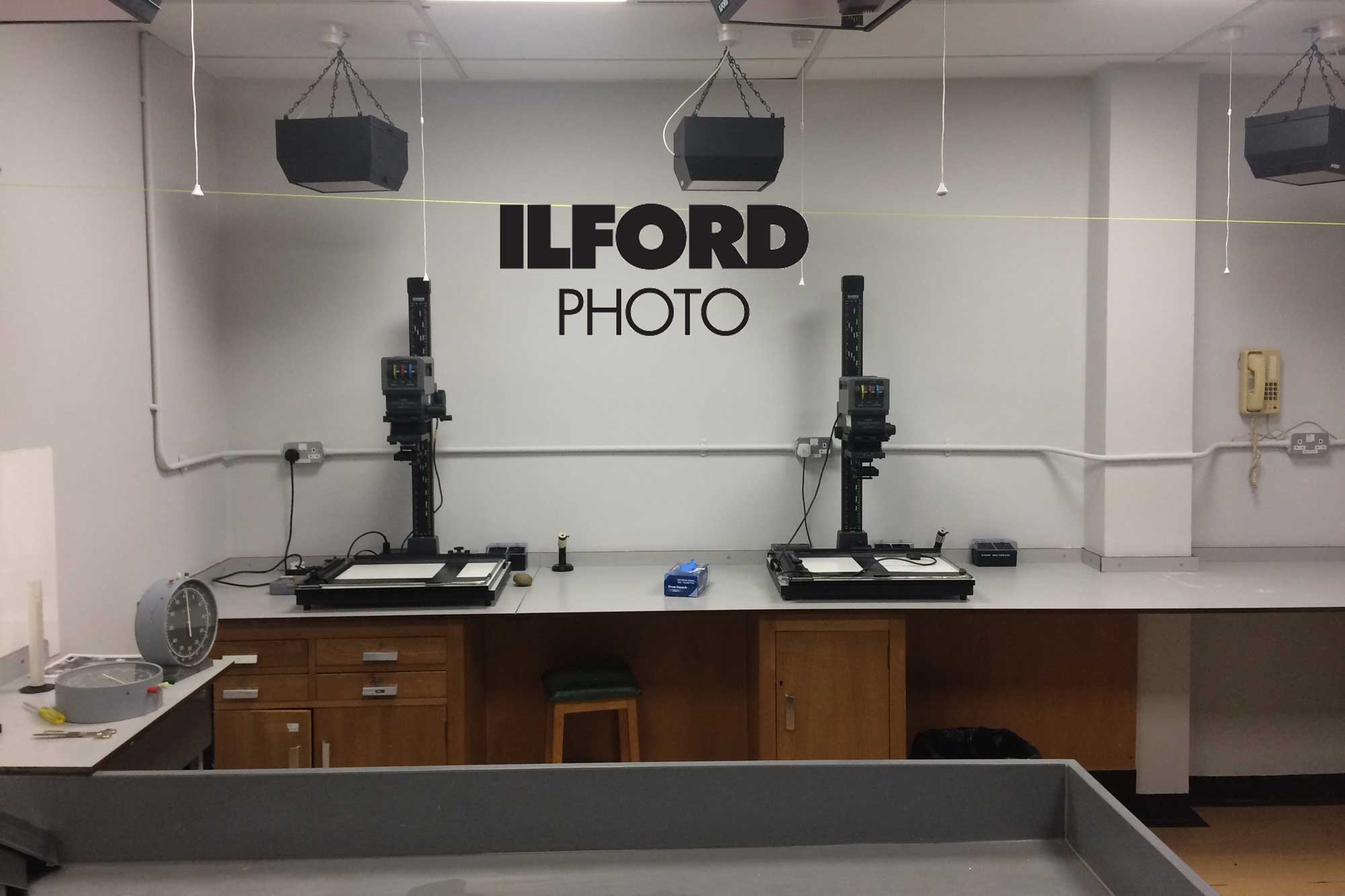ILFORD PHOTO Global Darkroom Printing Survey – The Results Posted On 11th March 2020 To News & General

In late 2019, we invited the global analogue film photography community to take part in our latest survey. This time we focused specifically on darkroom printing.
The survey ran for 1 month and had an incredible 5,439 responses from 87 countries around the world. A huge thank you to everyone who took the time to offer your insights and share the survey for us.
Why darkroom printing?
We have seen sustained and continuous growth in film for a number of years. However, darkroom printing has not yet captured the hearts of film photographers in the same way. We wanted to find out why. Can we identify and channel what creates their passion for printing and better understand what stops them from printing more? What would make film photographers want to get into a darkroom to print?
Read on to find out what the community had to say and what we're going to do with the findings.

Demographics
- The survey ran from mid-Dec 2019 to mid-Jan 2020 with 5439 responses in total
- 87% male vs 11% female
- 57% were up to the age of 44 and 43% over 44
- 8% are currently students on a course which includes access to a darkroom
- We had responses from 87 countries with the biggest audiences being: USA 32%, UK 19%, Germany and Canada 6% each, Italy 4%, France & Australia 3%.
A survey of 2 halves
This survey was open to printers and non-printers as it was important for us to understand the views of both. A printer was defined as someone who had printed in the darkroom at least twice during 2019. We had different questions sets for each camp.
The audience was split: 69% printers vs 31% non-printers.

Responders who print
Learning
The majority of those surveyed (36%) learnt at school / college with many also citing friends or family members as teachers. This highlighted the importance of experience learning through training or formal education courses.
Enjoyment
Many different aspects of printing were cited with the stand-out choices being: The Creative Process (85%), Satisfaction of the Final Print (83%), Full control over the final image (68%). Some comments elaborated to include: the quality of the final print, the tangible nature of printing, ‘fun factor’ and working with hands not a computer.
Habits
Frequency: 35% printed at least once a fortnight with 60% printing at least once a month. Session duration: 65% spend between 2 and 5 hours printing per session with 14% spending 6 hours or longer. Number of prints: With a resounding majority, 52% make 'more than 6' prints per session - the next closest was an average of 4 prints with 13%.
Paper Choice
The surface finish of the paper was listed as the most important influence while paper price is one of the least important factors. 37% choose from a few favourite papers depending on the image they are printing while 25% have their favourite and stick to it. 27% like to try different papers. Glossy (30%) and Pearl (27%) were the most popular surfaces with just 17% opting for Matt. 45% mainly or only print on resin coated paper with a further 21% using RC for test prints while opting for Fibre for the final print. 29% mainly or only use fibre.
Biggest obstacle
The all-important question was what stops people from printing more? For people who already print this is: Time (73%) followed by expense (32%). A combined 39% cited space for or access to a darkroom.
New products
Asked what new product / service / technology printers would like, and the results were very diverse. Many were generally happy with the kit they had but the one common answer was easier chemical disposal (43%).

Responders who don’t print
With this audience we wanted to understand what stops them from printing – is there a genuine interest to try it and can any obstacles quickly and easily be removed?
Learning
A considerable majority (42%) would choose to learn by watching YouTube videos with only a combined 23% opting for paid courses. This supports the trend for ‘eLearning’ but goes against the views of experienced printers who appreciated the benefits of hands on tuition in a darkroom.
Obstacles
The biggest obstacles for those that don't print include: Space for a darkroom (64%) and expense (34%). Unlike those who do print, time is seen as slightly less of an issue (26%). Although we have to make an assumption that non-printers know what time/space/cost is involved in the process. Encouragingly 86% would try darkroom printing if their main obstacle could be addressed with a further 9% interested if 2 or 3 issues could be addressed.
Darkroom access
When asked what would make people print, darkroom access scored high with 74% of responders wanting access to a community /rental darkroom and 52% specifically wanting a way to convert a room or space into a temporary darkroom.
Rental darkrooms
A surprisingly low (and somewhat contradictory figure of) 25% said they would rent a darkroom if they had one locally to them although 44% admitted they did not know where their closest local darkroom was. 18% did claim to have one in their town or city and while 19% wouldn't use a shared / community darkroom, 58% of those that would are willing to travel at least 10 miles and 29% at least 20 miles to do so.
Home darkrooms
If cost or access to equipment was not an issue then 67% would definitely set up a home darkroom with 24% sitting on the fence and just 9% as a definite no. 51% think there would be space for a darkroom in their current residence but 23% admitted they had no idea how much space would be required with most (55%) thinking 3-4 square meters would be enough.

Summary of findings
- The majority of existing (experienced) printers are reasonably content with the equipment they have with easier / more convenient disposal of chemicals and ‘eco’ chemicals being top on their wish list. However, this is largely an audience unwilling to sacrifice quality.
- Many experienced printers had hands-on experience learning in a school / college darkroom or one belonging to friends or family. People who haven’t printed would happily turn to YouTube to learn.
- Experienced printers cited ‘time’ as their biggest limitation with non-printers citing space (64%). That is despite 51% of the same audience believing they had enough space for a darkroom and 23% admitting they did not know how much space was required.
- Non-printers leaned towards home darkrooms rather than renting with only 25% saying they would rent and if cost or equipment wasn’t an issue 67% would consider setting up a home darkroom.
- However, to counter this, 74% of non-printers said having local darkroom access would make them try it and 58% said they would be willing to travel up to 10 miles to use one. 44% did not know where their nearest darkroom was located.
- 86% of non-printers would try it if their biggest limitation was addressed which indicates there is an audience of film photographers willing to give it a go if the market can address their needs.
Conclusion
Surveys often provide interesting data, yet they lack any true benefit unless that data is acted upon.
While new generations of film shooters may not yet have embraced the darkroom as they have film shooting or home processing, we firmly believe that printing is an integral part of photography and is as fun and rewarding an experience as all that comes before it.
The data shows the tangible aspect of darkroom printing, not least getting people away from a screen to create something meaningful with their hands, is appealing but it is clear obstacles do exist. Time, expense, space, knowledge and equipment all play their part.
We cannot make the time existing printers need to spend longer in a darkroom but collectively we can help provide the education, inspiration, access and equipment that encourages curious or aspiring darkroom printers to give it a go.
Some of the biggest advocates of printing are the wave of community / commercial darkrooms that are appearing in towns and cities around the world. While some photographers want the convenience of home printing, there is a lot of benefit to having the expertise, equipment and dedicated space of a local darkroom plus a social community of other printers to learn from.

What's next?
With the above in mind we are:
- Creating a new tool on our website for people to find a darkroom near them. These will only be community or commercial darkrooms that are available for hire. Some via memberships and others on a pay per session basis. Many offer courses which are a great way to experience the magic of seeing your first print appear in a tray of developer. We would encourage you all to support them.
- Creating new video content for those that want to learn via YouTube. We are already underway with a series of ‘how to’ darkroom educational videos. Keep a look out for these on youtube.com/ilfordphoto
- For those wanting to create their own darkroom, we want to showcase existing printers to inspire you. We'll share examples of their darkrooms, their prints and their knowledge with you on our social channels and website.
If you have a darkroom that is exceptional or quirky, or even if you’re just really proud of it, share them with us on social using the hashtag #mydarkroom. We are @ilfordphoto on Twitter / Instagram / Facebook and YouTube.
There's never a one size fits all approach to any solutions and this doesn't address some of the other obvious challenges that exist. Affordable / compact enlargers, easy disposal of chemicals and so on. However, we know the film community is made up of inventive entrepreneurs and we'd encourage them to look for ways to bring darkroom printing back into people’s homes.
Thank you
Once again, we would like to thank everyone that took their time to share their views as well as the global film community for sharing the survey with their audiences. Please do share and comment with your own thoughts and experiences of printing.






